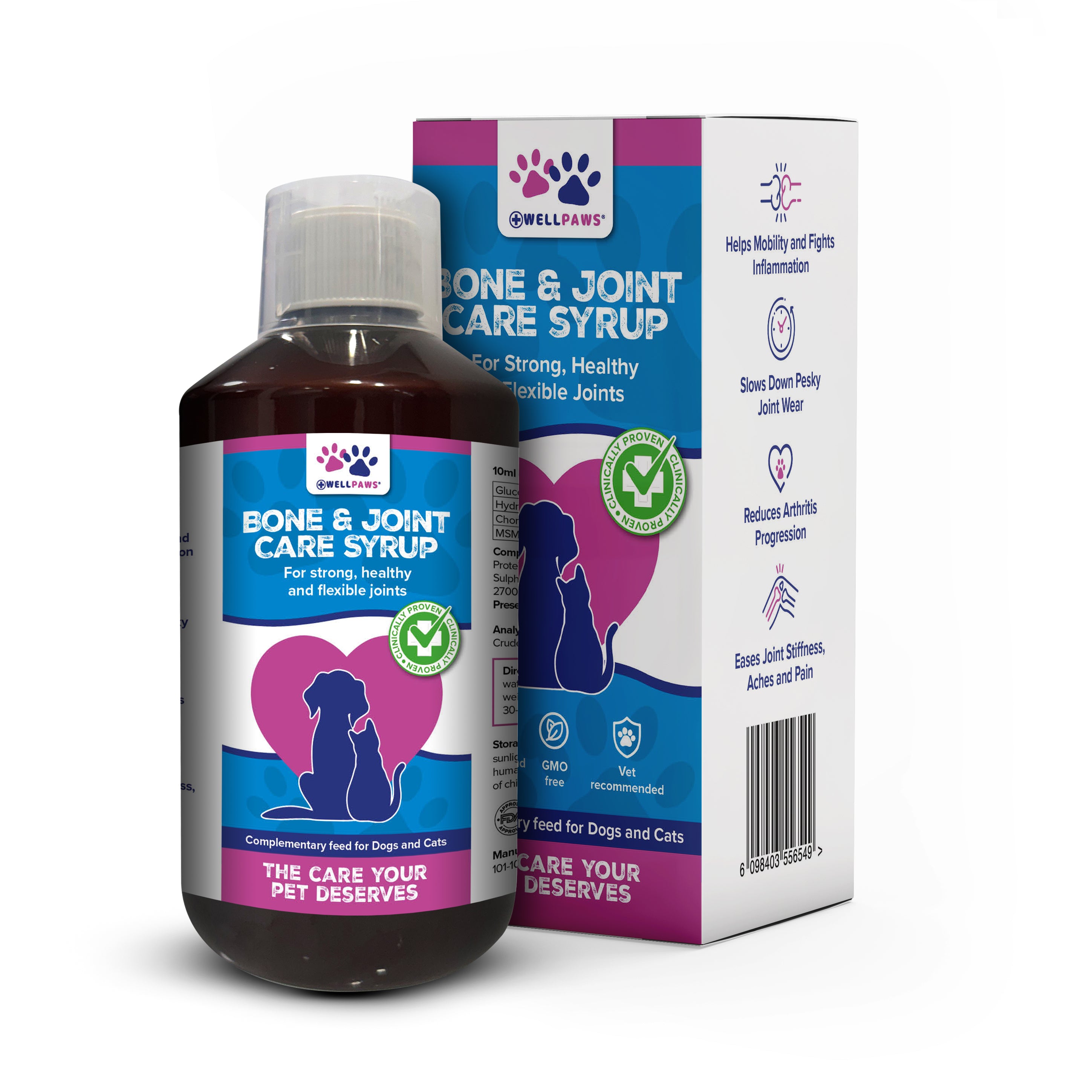
Caring for Your Dog During the Winter Months
Some dogs adore racing through snowdrifts, while others would rather curl up inside where it’s warm. But no matter their attitude toward the cold, outdoor time remains essential for their well-being. Dogs still need regular exercise and mental stimulation, even when the weather isn’t ideal. Here’s how to help your furry friend stay safe, healthy, and comfortable during the colder season.

Protecting Your Dog’s Paws in Winter
When temperatures drop and snow or ice cover the ground, your dog’s paws can take a beating. Ice, snow, and road salt can accumulate between paw pads, causing irritation, dryness, or cracking.
One great solution is to use dog boots during winter walks. These provide protection, prevent slips on icy paths, and are particularly helpful for senior dogs who struggle with traction or stiffness.
If your dog isn’t a fan of footwear, try applying paw balm instead. This creates a protective barrier before walks and can soothe sore or dry paws afterward.
Be cautious with de-icing products such as salt and chemical treatments on sidewalks and roads; they can irritate skin and are toxic if licked. Always wipe your dog’s paws, legs, and belly after walks to remove any residue. If you use de-icer at home, make sure it’s labeled pet-safe to prevent accidental harm.
Keeping Dogs Warm in Cold Weather
While all dogs can feel the chill, small breeds, older dogs, puppies, and those with medical conditions are particularly sensitive to cold temperatures. Even large or long-haired breeds aren’t immune to the effects of extreme weather.
Keep an eye on your dog when outdoors in winter. On frigid days, it’s better to take several short walks instead of one long outing. If the conditions are too harsh, engage your pet in indoor play sessions, games like fetch or tug-of-war are excellent for exercise and bonding.
Consider investing in a dog winter coat or jacket to help your pup retain body heat. There are many high-quality, well-fitted options available from trusted pet brands, so you’re sure to find one that suits your dog’s needs.
Tick and Flea Prevention in Winter
Cold weather doesn’t mean parasites disappear. Fleas, ticks, and worms can still pose a risk throughout the year, especially if your dog spends time outdoors or around other animals. Maintain your dog’s regular parasite prevention routine all year round to keep them protected and healthy.
Changes in Appetite and Energy Levels
Your dog’s diet may need slight adjustments in winter. Dogs who are less active during the colder months might require smaller meal portions to prevent weight gain. However, those who are highly active outdoors or work in the cold may need extra calories to replace the energy they burn staying warm.
Most dogs don’t actually sleep more in winter, but some may seem less energetic. This can be linked to shorter daylight hours or reduced outdoor activity. If your dog seems low in mood or lethargic, encourage more indoor play and interaction to help lift their spirits.

Staying Safe Together
Don’t forget to look after yourself, too! Icy paths can be slippery and dangerous. If you walk your dog alone in winter, try to stay close to home or ensure your mobile phone is charged and has good reception before heading out.
If you live in an area prone to severe winter storms, it’s wise to stock up on essentials, including your dog’s food, medications, and other supplies, just in case you’re unable to leave the house for a few days.
Final Thoughts
Winter can be a magical time for both dogs and their owners, but it also comes with unique challenges. With a little preparation, warm gear, proper paw care, safe exercise, and year-round parasite prevention, you can ensure your furry companion enjoys the season safely and happily.







